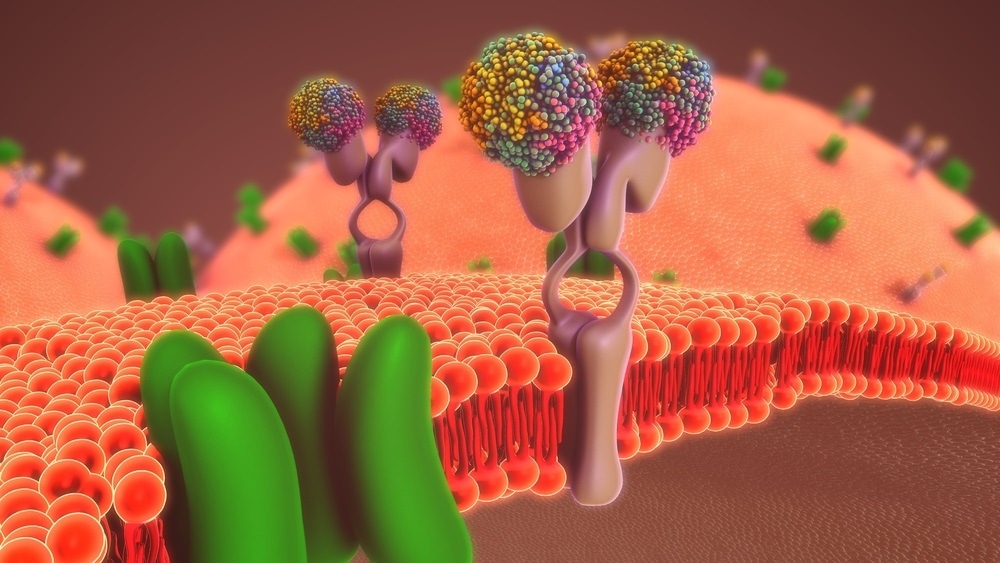A team of scientists in Denmark has established a method of creating a synthetic DNA nanopore that is able to translocate macromolecules the size of proteins across lipid bilayers selectively.
 Image Credit: sciencepics / Shutterstock.com
Image Credit: sciencepics / Shutterstock.com
The research expands on that of the company Oxford Nanopore Technologies, who back in 2015, introduced the first commercial nanopore DNA sequencing device, which is viewed as a significant advancement in DNA sequencing.
The introduction of the first commercial nanopore DNA sequencing device
The work conducted by Oxford Nanopore Technologies in 2015 established the very first commercial nanopore DNA sequencing device, which was revolutionary for the industry. The team created a method of nanopore sequencing based on a synthetically engineered transmembrane protein, allowing for the channeling of long strands of DNA through the pore’s central lumen.
Here, amendments to the ionic current function as a sensor for individual bases in the DNA. The achievement was the result of decades of research into how nanopore DNA sequencing could be made possible and also commercial.
The success of their method was seen as a key step for DNA sequencing, opening up many potential doors for future applications. Following the success of Oxford Nanopore Technologies, may research teams have tried to expand on their seminal work.
Evolving a method for diagnosis at a cellular level
The efforts of many of these teams have focused on exploring how the principles of Oxford Nanopore Technologies’ work could be expanded. They mostly looked into how bigger pores could be built in order to allow proteins to be channeled, making the creation of protein sensors possible.
However, time and again, research teams came confronted with the same obstacle, and this was a lack of basic understanding of artificial protein design. The challenge has led to the establishment of a new technique for creating artificial DNA, based on the artificial folding of DNA into complex structures.
This alternative method is known as the 3D-origami technique, which was first written about a decade ago. So far, research into the 3D-origami technique has revealed that it is capable of contracting complex nanostructures that not only mimic naturally occurring complexes, but also expand on them.
This month, the Danish team published their findings in the journal Nature Communications, which explains how they created a large synthetic nanopore from DNA using the 3D-origami technique. They show that the nanopore structure is able to translocate large protein-sized macromolecules through the lipid bilayer, from one compartment to the next.
Furthermore, they established a functional gating system within the pore to give it the additional capability of biosensing molecules within a solution.
The team used powerful optical microscopes to observe the movement of the molecules, flowing through the individual nanopores. The researchers then extended on what they had accomplished by developing the capability of controlling the flow of molecules based on their size.
To do this, they added a controllable plug into the pore, allowing for the pore to size-selectively control which protein-size molecules were able to filter through, demonstrating a new method of real-time, label-free, bio-sensing of a trigger molecule.
Finally, the team added controllable flaps to the pore, enabling them to insert themselves into target membranes, those who have specific signal molecules. The team believes that this capability will allow for future developments whereby a sensor can be specifically inserted into diseased cells, resulting in a mechanism that can form a diagnosis at the level of the cell.
Therefore, the accomplishment of the Danish team may prove to be significant in changing the future of diagnosis and treatment for certain diseases. However, much research will need to be done ahead of creating an application ready for clinical use.
Journal reference:
Thomson, R.P. et al. (2019). A large size-selective DNA nanopore with sensing applications. Nature Communications. DOI: https://doi.org/10.1038/s41467-019-13284-1